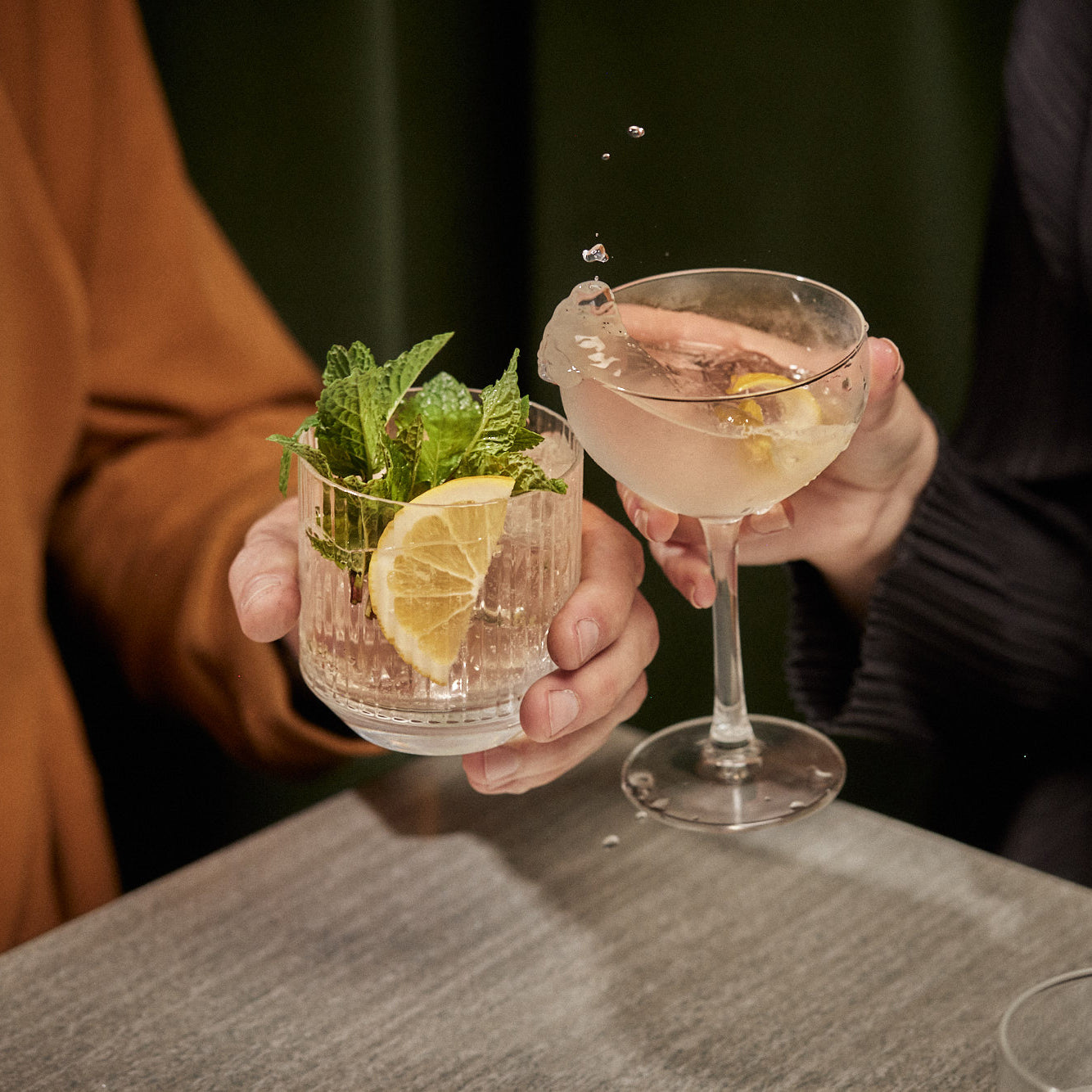That bitter-sweet, blue-toned elixir is so perfect it’s hard to imagine a time BG&T (before gin and tonic). Dark days, they must have been. So how did it happen? How did the sprightly fizz meet that herbaceous burn? It all starts, as many things do, with a mosquito.
A spoonful of liquor helps the quinine go down
In the mid-1800s, most European powers were busy plundering other countries – many of them hot, and laden with mosquitoes. Malaria was an issue and the only known preventative was quinine – distilled from the bark of the cinchona tree, which is native to Peru. This was high-tech medicine, but it was really, really unpleasant. So bitter, soldiers needed something to help their medication godown. The French took theirs in a winey-herby tonic. Others had grains of quinine dissolved in sherry, or whichever spirit was handy really. An 1863report on the army in India and Ceylon (Sri Lanka) records that quinine doses were taken in arrack, while the navy had theirs in rum.
Mother England: gin addled since the 1600s
England was already well soaked with gin at this point. The army had brought it back with them from the Dutch after the 30-years’ war, and by 1720 as many as a quarter of house holds in London were making their own gin.
Quinine starts curing thirst
Again, the hardships that come with invading other countries were key to G&T’s history – it’s likely quinine made the leap from the medicine cabinet to the drinks trolly when colonisers couldn’t get their hands on bitters.
Adding the fizz
So there you have a few key ingredients to the perfect G&T – bitter quinine, herbs and liquor. The final piece was happening back in Britain. By 1829 bars were already serving up Gin Slings – gin, sugar, sparkling water and a slice of citrus – as evidence by bar books, articles and even a few poems.
The birth of perfection
We don’t know who made the miraculous leap to connect those elements, but the world has never been the same since. We do know that in 1870 Schweppes brought out their Indian Tonic Water and that by 1868 G&Ts were probably a fairly common drink, as shown by an article in the Oriental SportingMagazine – ‘Loud cries of “gin and tonic,” “brandy and soda,”“cheroots,” &c., told us the party was breaking up for the night…’
Important: G&Ts won’t prevent malaria
If you’re worried about malaria, modern tonic isn’t going to help. Soldiers were being dosed with between 65 and 130 milligrams, whereas modern tonic water has a maximum of 83 milligrams of quinine per litre. You’d need to drink 67 litres a day, and would probably have a few quinine-related side effects to deal with too.
The future of the G&T
For decades, the gin and tonic remained untouched. Then the 80s happened. The weight-loss industry saw the arrival of sugar-free tonic water options, while some bright spark thought to add cucumber.
With great reverence to the illustrious history of the G&T, we’ve tweaked things, too. Because while we love G&T, we’re a bit over alcohol, to be honest. Our delicious AF G&T has just the right bitter-sweet, herbal fizz with the satisfying after burn of a good gin, without the alcohol.


Share:
When Gin Met Cucumbers!
Michelle Dickinson